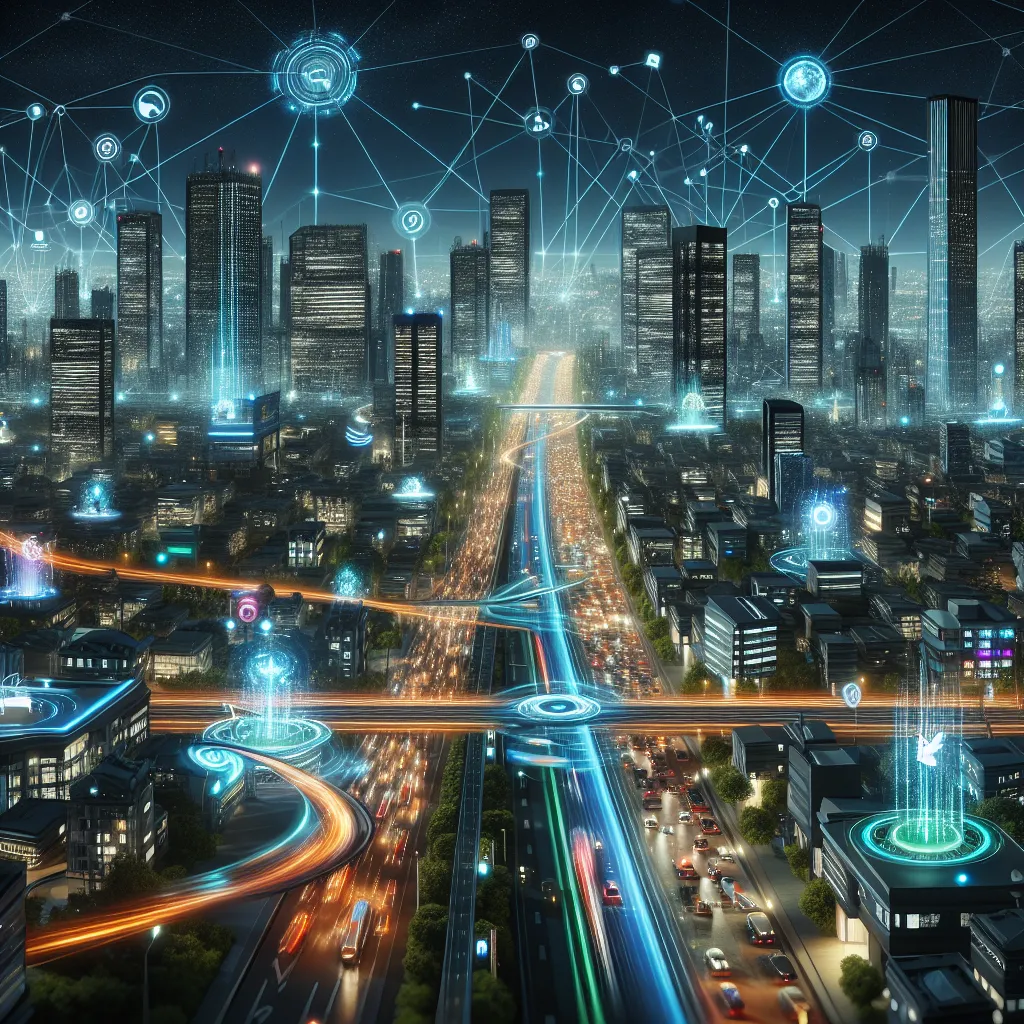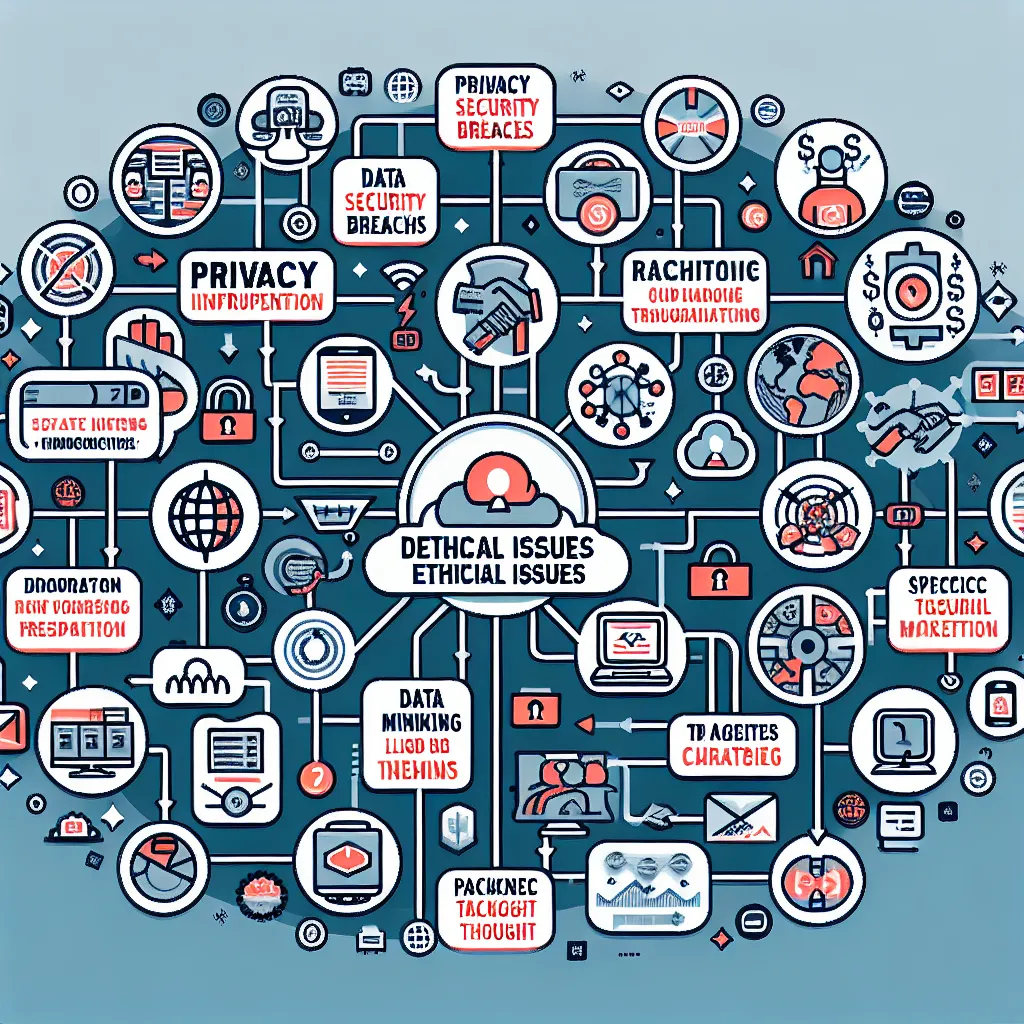The IELTS Reading section is a crucial component of the test, assessing your ability to comprehend complex texts and extract relevant information. Today, we’ll focus on a topic that has been gaining traction in recent years: “AI’s role in developing smart infrastructure.” This subject has appeared in various forms in past IELTS exams and, given its relevance to modern urban development, is likely to resurface in future tests.
Nội dung bài viết
Based on our analysis of past IELTS exams and current technological trends, we predict a high probability of encountering passages related to artificial intelligence and smart infrastructure in upcoming tests. Let’s dive into a practice passage to help you prepare for this potential topic.
 AI and Smart Infrastructure
AI and Smart Infrastructure
Reading Passage
The Intelligent Revolution: AI’s Impact on Smart Infrastructure
In the dawn of the 21st century, cities worldwide are undergoing a revolutionary transformation. At the heart of this change lies the integration of Artificial Intelligence (AI) into urban infrastructure, heralding the era of ‘smart cities’. This amalgamation of technology and traditional infrastructure is reshaping how cities function, promising enhanced efficiency, sustainability, and quality of life for urban dwellers.
AI’s role in developing smart infrastructure is multifaceted and far-reaching. One of the most visible applications is in traffic management. AI-powered systems analyze real-time data from cameras, sensors, and GPS devices to optimize traffic flow. These systems can adjust traffic light timings, suggest alternative routes to drivers, and even predict congestion before it occurs. In cities like Los Angeles and Singapore, such systems have reduced travel times by up to 25%, significantly cutting down on fuel consumption and emissions.
Another critical area where AI is making substantial inroads is energy management. Smart grids, empowered by AI algorithms, can predict energy demand, balance load distribution, and integrate renewable energy sources more effectively. For instance, in Copenhagen, AI-driven systems manage the city’s district heating network, reducing heat waste by 30% and carbon emissions by 45,000 tons annually.
Water management is yet another sector benefiting from AI integration. Smart water systems use AI to detect leaks, predict pipe failures, and optimize water distribution. In Tokyo, AI-powered leak detection systems have reduced water losses by 25%, saving billions of liters of water each year.
Perhaps one of the most exciting prospects of AI in smart infrastructure is its potential in disaster management and urban resilience. AI can analyze vast amounts of data from various sources – including weather patterns, geological sensors, and social media – to predict natural disasters and plan effective responses. Cities like Rio de Janeiro have implemented AI-driven command centers that integrate data from multiple city departments to coordinate responses to emergencies, from floods to traffic accidents.
However, the implementation of AI in urban infrastructure is not without challenges. Privacy concerns, data security, and the potential for system failures are significant issues that cities must address. Moreover, there’s a risk of exacerbating digital divides if smart infrastructure is not implemented equitably across all areas of a city.
Despite these challenges, the potential benefits of AI in smart infrastructure are too significant to ignore. As cities continue to grow and face increasing pressures from climate change and resource scarcity, the intelligent integration of AI into urban systems offers a promising path forward. The smart cities of the future, powered by AI, have the potential to be more efficient, sustainable, and livable than ever before.
Questions
True/False/Not Given
- AI-powered traffic management systems have reduced travel times in some cities by 25%.
- Smart grids in Copenhagen have completely eliminated carbon emissions from the city’s heating network.
- Tokyo’s AI-powered leak detection systems have saved trillions of liters of water annually.
- Rio de Janeiro uses AI to predict natural disasters and plan responses.
- The implementation of AI in urban infrastructure is universally accepted without any concerns.
Multiple Choice
-
According to the passage, which of the following is NOT mentioned as an area where AI is being applied in smart infrastructure?
A) Traffic management
B) Energy management
C) Water management
D) Education management -
The main challenge in implementing AI in urban infrastructure, as mentioned in the passage, is:
A) The high cost of technology
B) Lack of skilled professionals
C) Privacy and data security concerns
D) Resistance from city inhabitants
Matching Headings
Match the following headings to the correct paragraphs in the passage. Write the correct number (i-vii) next to questions 8-11.
i. The multifaceted applications of AI in urban settings
ii. Challenges in implementing AI-driven smart infrastructure
iii. AI’s role in efficient energy distribution
iv. The future potential of AI in urban development
v. AI’s contribution to water conservation
vi. The revolution of urban landscapes through technology
vii. AI’s potential in enhancing urban resilience
- Paragraph 1 __
- Paragraph 3 __
- Paragraph 4 __
- Paragraph 5 __
Summary Completion
Complete the summary below using words from the box.
efficiency challenges traffic energy water disasters privacy sustainable
AI plays a crucial role in developing smart infrastructure by improving (12) __ management, (13) __ distribution, and (14) __ conservation. It also helps in predicting and managing natural (15) __. However, there are (16) __ to implementation, including (17) __ concerns. Despite these issues, AI in smart infrastructure offers a path to more (18) __ and livable cities.
Answer Key
- True
- False
- False
- True
- False
- D
- C
- vi
- iii
- v
- vii
- traffic
- energy
- water
- disasters
- challenges
- privacy
- sustainable
Explanations
- The passage states, “In cities like Los Angeles and Singapore, such systems have reduced travel times by up to 25%.”
- The passage mentions a reduction in carbon emissions, not complete elimination: “reducing heat waste by 30% and carbon emissions by 45,000 tons annually.”
- The passage states “billions of liters,” not “trillions.”
- The passage directly states that Rio de Janeiro uses AI to “predict natural disasters and plan effective responses.”
- The passage mentions challenges and concerns, indicating it’s not universally accepted without concerns.
- Education management is not mentioned in the passage as an area where AI is being applied in smart infrastructure.
- The passage specifically mentions “Privacy concerns, data security, and the potential for system failures” as significant issues.
- The first paragraph introduces the concept of AI transforming urban landscapes.
- The third paragraph discusses AI’s role in energy management and smart grids.
- The fourth paragraph focuses on AI’s application in water management and conservation.
- The fifth paragraph discusses AI’s potential in disaster management and urban resilience.
12-18. These answers are taken directly from the passage, matching the context of the summary with the main points discussed in the text.
Common Mistakes
-
Overlooking specific details: In True/False/Not Given questions, it’s crucial to pay attention to exact figures and statements. For example, mistaking “billions” for “trillions” in question 3 could lead to an incorrect answer.
-
Falling for distractors: In multiple-choice questions, all options might seem plausible, but only one is correct based on the passage. Always refer back to the text to verify your choice.
-
Misinterpreting implied information: In True/False/Not Given questions, be careful not to infer information that isn’t explicitly stated or clearly implied in the text.
-
Rushing through matching exercises: Take time to understand the main idea of each paragraph before matching it with a heading.
-
Ignoring context in summary completion: When filling in blanks, ensure your chosen word fits both grammatically and contextually within the sentence and the overall summary.
Vocabulary
- Integration (noun) /ˌɪntɪˈɡreɪʃn/: The act of combining or adding parts to make a unified whole.
- Multifaceted (adjective) /ˌmʌltiˈfæsɪtɪd/: Having many different aspects or features.
- Amalgamation (noun) /əˌmælɡəˈmeɪʃn/: The action or process of combining or uniting.
- Inroads (noun) /ˈɪnrəʊdz/: A gradual, steady advance or gain.
- Resilience (noun) /rɪˈzɪliəns/: The capacity to recover quickly from difficulties; toughness.
Grammar Focus
Complex sentences with multiple clauses are common in academic texts. For example:
“As cities continue to grow and face increasing pressures from climate change and resource scarcity, the intelligent integration of AI into urban systems offers a promising path forward.”
This sentence structure:
- Main clause: “the intelligent integration of AI into urban systems offers a promising path forward”
- Subordinate clause: “As cities continue to grow and face increasing pressures from climate change and resource scarcity”
Practice forming similar complex sentences to improve your writing skills for the IELTS exam.
Tips for Success
-
Time management: Allocate your time wisely across all questions. Don’t spend too long on any single question.
-
Skim and scan: Quickly skim the passage for main ideas, then scan for specific details when answering questions.
-
Use contextual clues: If you encounter unfamiliar words, try to understand their meaning from the context.
-
Practice regularly: Familiarize yourself with various question types and passages on diverse topics.
-
Read actively: Engage with the text by underlining key points and making mental notes as you read.
-
Check your answers: If time allows, review your answers for any obvious mistakes or oversights.
By following these strategies and practicing consistently, you’ll be well-prepared to tackle the IELTS Reading section, including passages on cutting-edge topics like AI and smart infrastructure. Remember, success in IELTS Reading comes from a combination of strong vocabulary, good time management, and effective reading techniques. Keep practicing, and you’ll see improvement in your performance.


